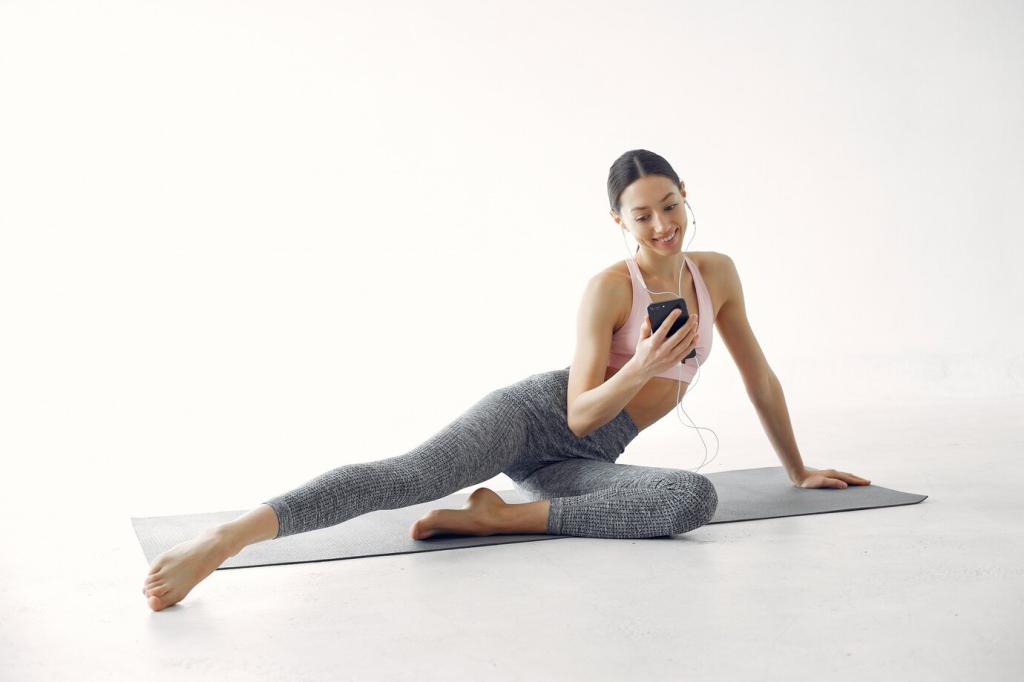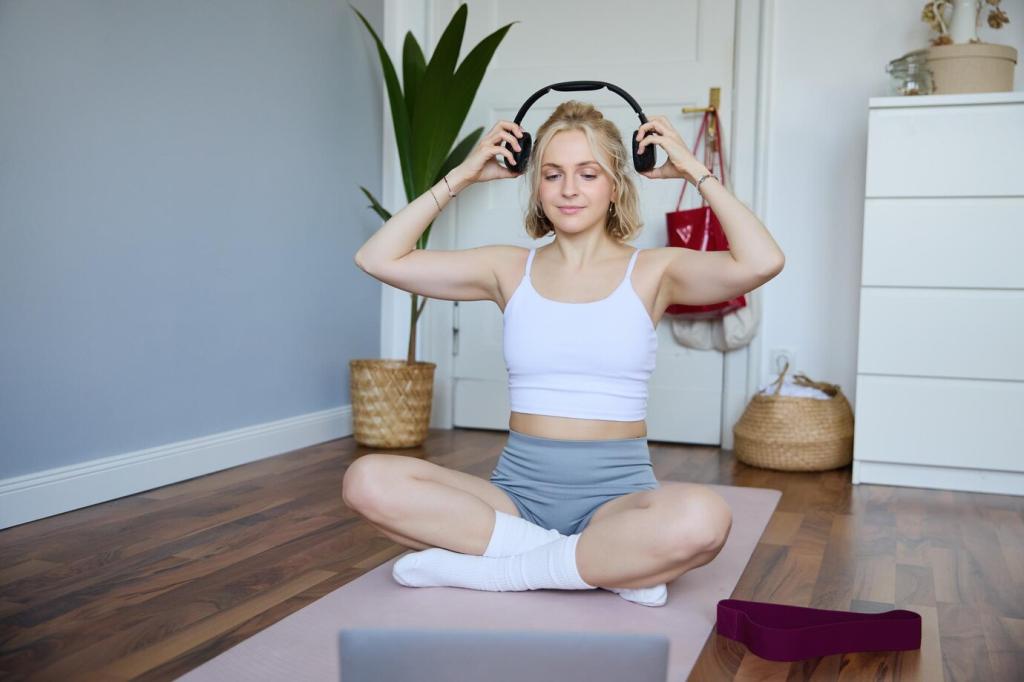
Train Confidently: Ensuring Safety in Virtual Fitness Classes
Selected theme: Ensuring Safety in Virtual Fitness Classes. Welcome to a friendly corner of the internet where your health, confidence, and home setup matter. Today we explore practical ways to move boldly online without compromising safety. Read on, share your own tips in the comments, and subscribe for more safety-first fitness insights.

Tech Setup That Keeps You Safe
A 300-millisecond lag can mean jumping after your instructor says land. Use wired headphones, close bandwidth-hungry apps, and lower video resolution if needed. Do a quick clap test with your coach to sync audio and movement timing.
Smart Warm-Ups and Cool-Downs Online
Spend six to eight minutes on dynamic mobility for ankles, hips, and shoulders. Add calf raises, glute bridges, and light banded drills. Dynamic warm-ups can reduce soft-tissue injuries by priming range and elasticity, especially before jumping or sprinting intervals.
Start with stable variations, then adjust one variable at a time: tempo, range, or load. Keep a simple training log and progress weekly, not daily. A classmate rushed burpees with push-ups and tweaked a shoulder; regressions brought pain-free strength back.
Form, Progressions, and Pain Signals
Frame your full body, including feet and knees. For deadlifts, a side angle reveals hinge mechanics; for presses, a front angle shows elbow tracking. Ask your coach for a quick visual check and corrections, then save a screenshot for reference.
Form, Progressions, and Pain Signals



Recovery, Environment, and Sustainable Habits
Place water within reach and sip between sets. For sweaty sessions, add electrolytes. Eat a light carb-protein snack an hour before and refuel after. I used to cramp until a pinch of salt solved evenings of post-class calf spasms.
Open a window or run a fan to keep cool, aiming for a comfortable training temperature. Noise-friendly shoes and a soft landing mat protect joints and neighbor peace. Share your favorite low-noise hack for burpees without floor-thumping chaos.
Schedule lighter weeks every four to six weeks, target seven to nine hours of sleep, and resist chasing personal records every class. Celebrate smart choices, including skipping a risky set. Subscribe for weekly safety checklists and sustainable training prompts.

